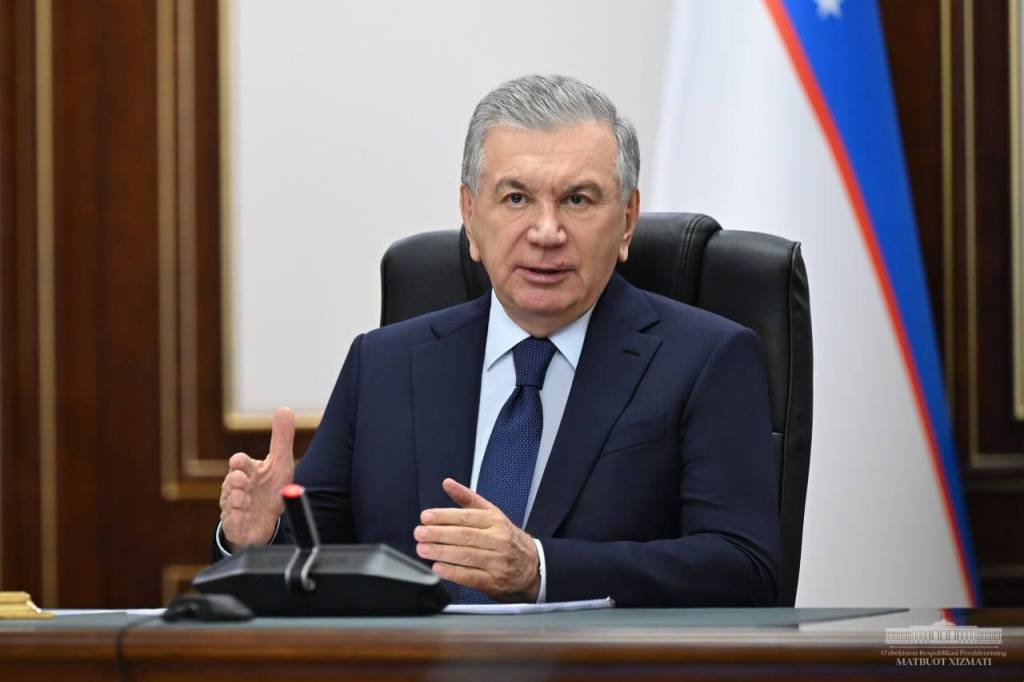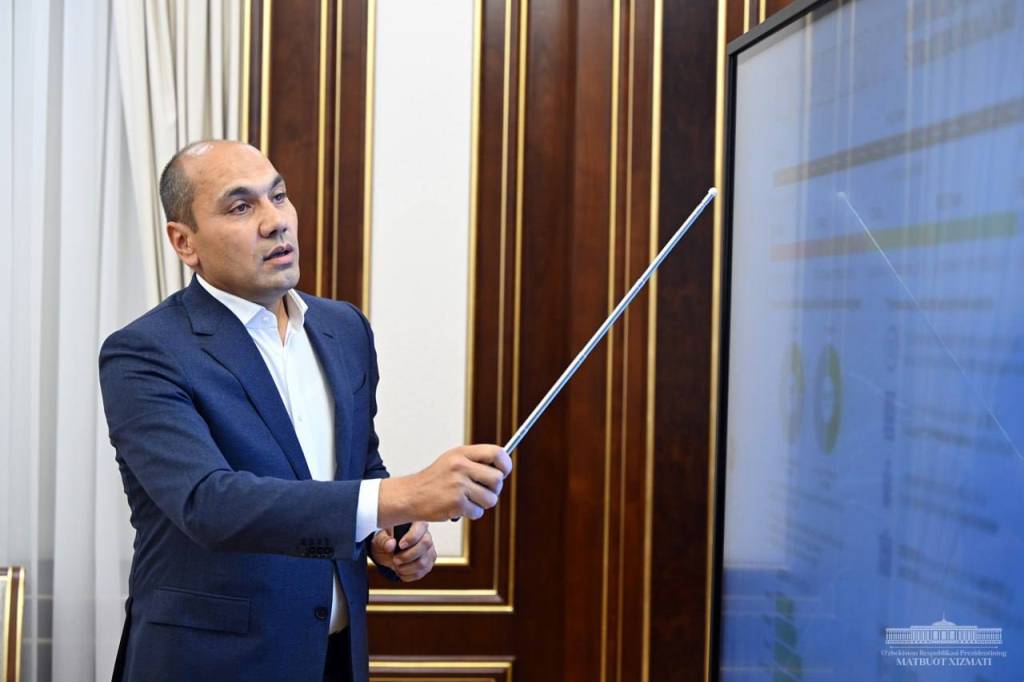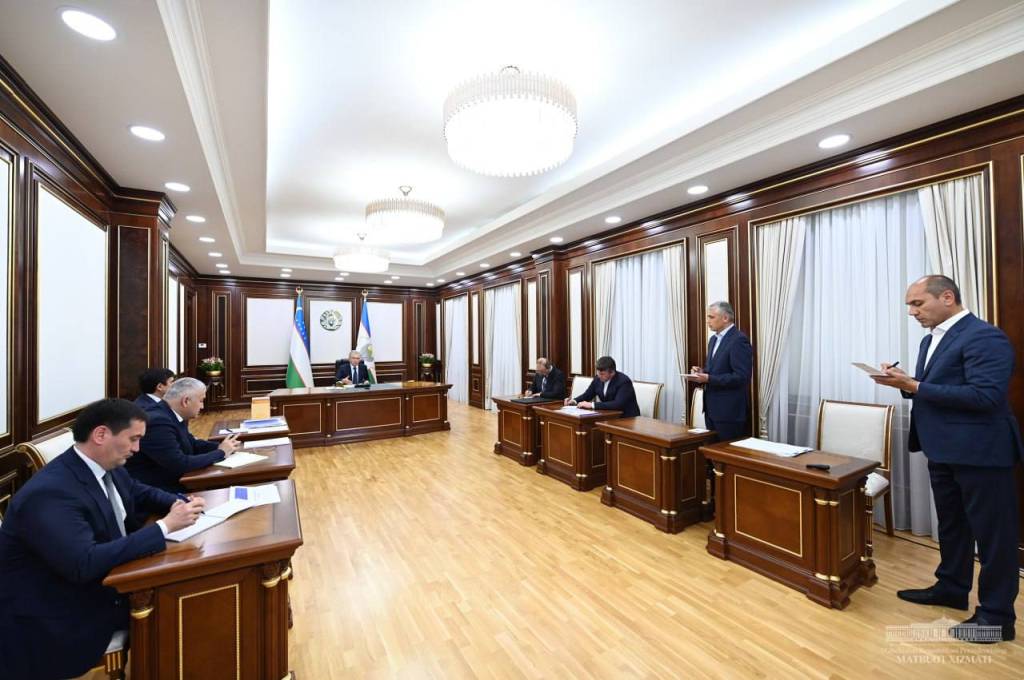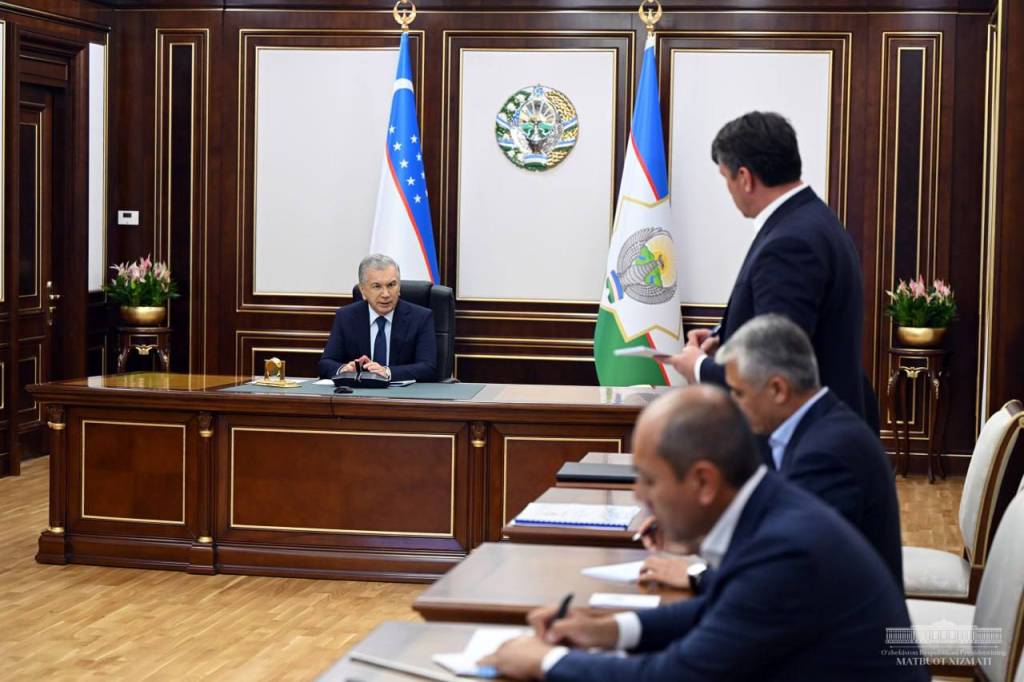
On October 9, President Shavkat Mirziyoyev got acquainted with the draft master plan of Tashkent city.
The city’s territory is currently 43,822 hectares, and its population is more than 3 million. These figures will undoubtedly grow in the future. In this regard, the master plan of Tashkent city for up to 2045 was developed.
In 2022, the Head of state became acquainted with the first developments in this direction. Based on his instructions and recommendations, the project was improved. At the ToshkentboshplanLITI enterprise, careful work was carried out in cooperation with companies from Singapore, the United Kingdom, Türkiye, Germany, China, and the Netherlands.

According to the project, the territory of Tashkent city will be divided into three zones. The conservation zone will preserve cultural heritage sites, historical sites, buildings, and green areas. Based on master plans, additional construction will be possible in the reconstruction zone. In the renovation zone, new construction will be carried out on the sites of dilapidated housing and old buildings, and their repair will be carried out.
Today, environmental and transport issues are becoming increasingly urgent. In particular, over the past ten years, the average air temperature in Tashkent has increased by 1 degree. Some days, the level of pollutants in the atmosphere exceeds the norm. Every day, the number of cars increases, and traffic is becoming increasingly difficult.
The new master plan takes these aspects into account. In particular, it is planned to triple the area of green spaces in the city of Tashkent and its environs to 25 thousand hectares. Thanks to this, the area of green spaces per capita will increase from the current 3 to 6 square meters.

According to urban development requirements, residents should be able to reach the nearest kindergarten, school, hospital, trade, and service facilities from their place of residence in no more than 15 minutes. In this regard, the public transport network will be expanded, the number of hubs and stops will be increased, new roads will be built, and metrobus routes will be organized.
Due to the city’s growth in recent years, Tashkent’s electricity, water, and sewerage infrastructures are operating under increased load. The draft master plan provides for measures to increase their capacity.
After the master plan is approved, its maps will be posted in the geographic information system of the Urban Development Cadastre and on the Tashkent City Hokimiyat website in the public domain.

Responsible persons reported on the main indicators of the master plan.
The Head of state emphasized the need to turn Tashkent into a large metropolis with favorable conditions for the residence and work of at least 7.5 million people. Instructions were given for developing Qibray, Zangiota, Yuqorichirchiq, Urtachirchiq, and Tashkent districts of Tashkent region based on a single agglomeration with the capital.
UzA








